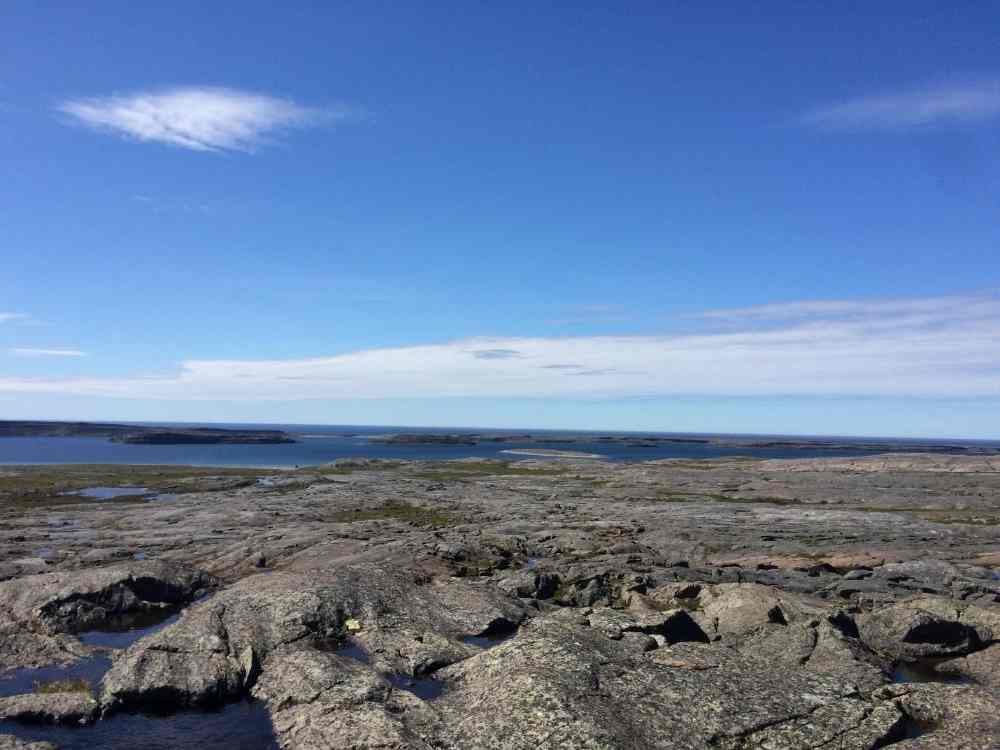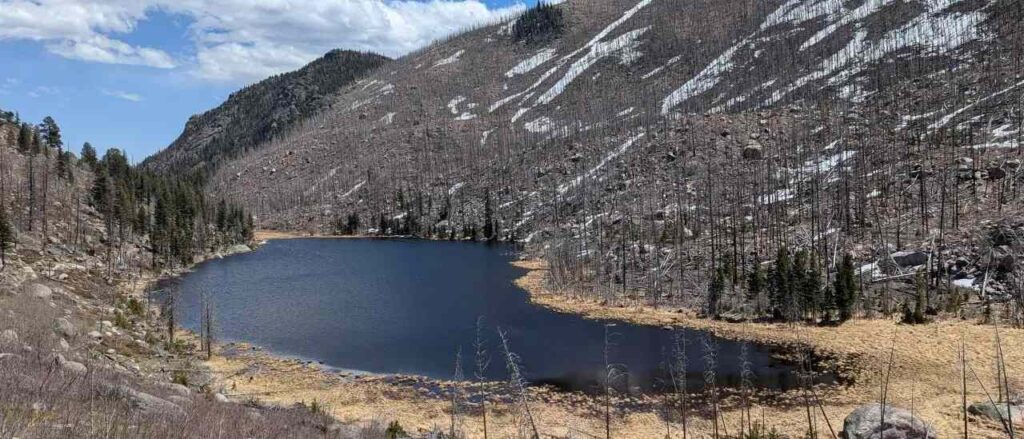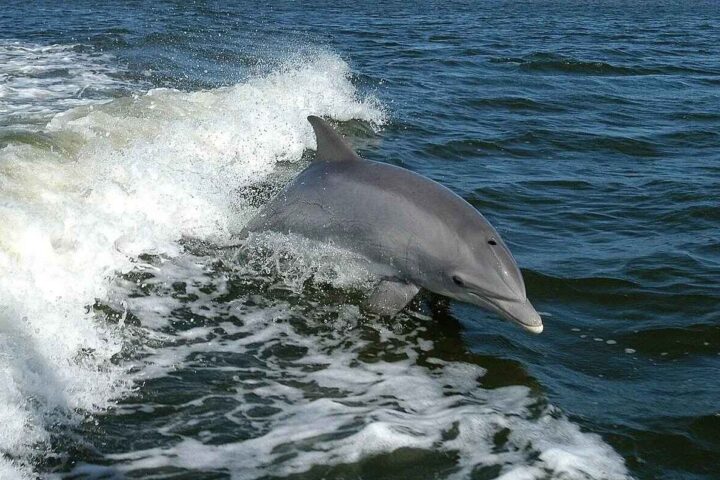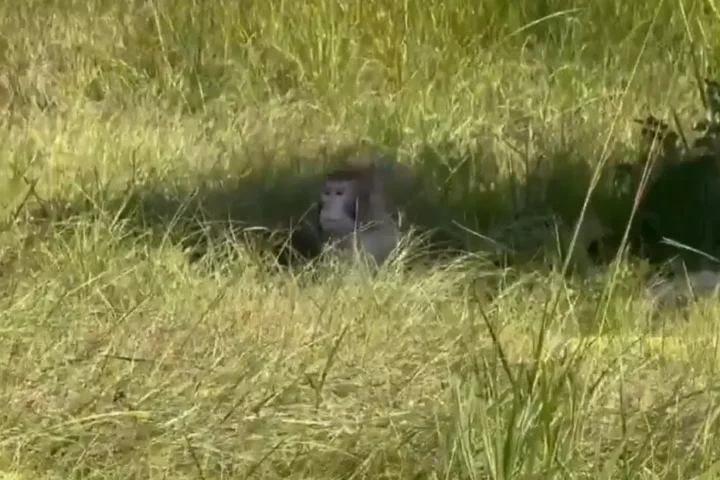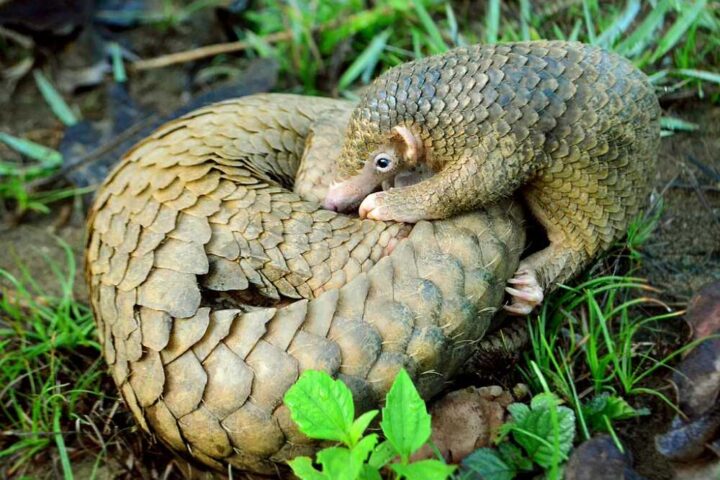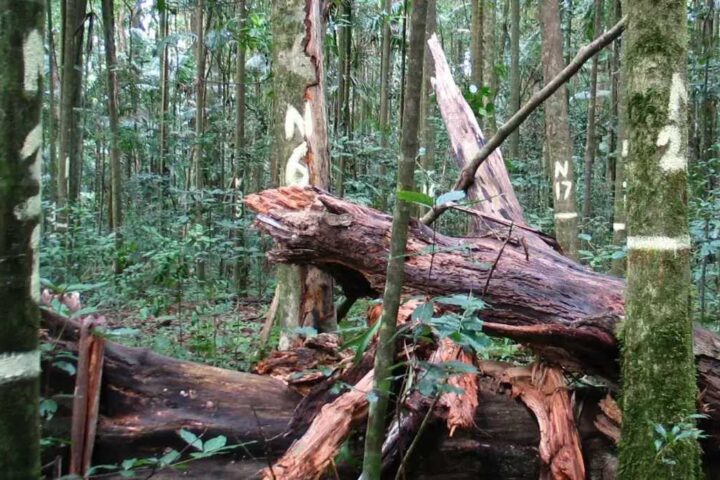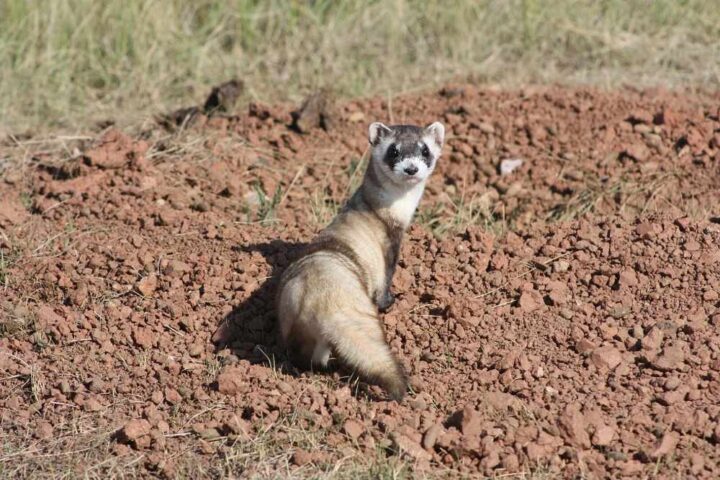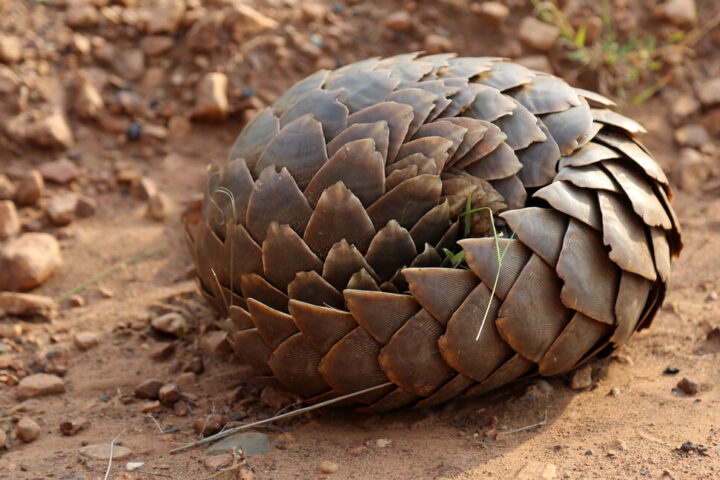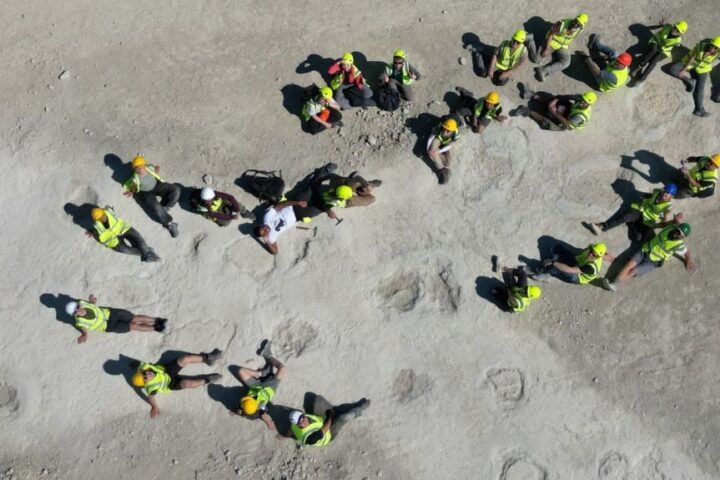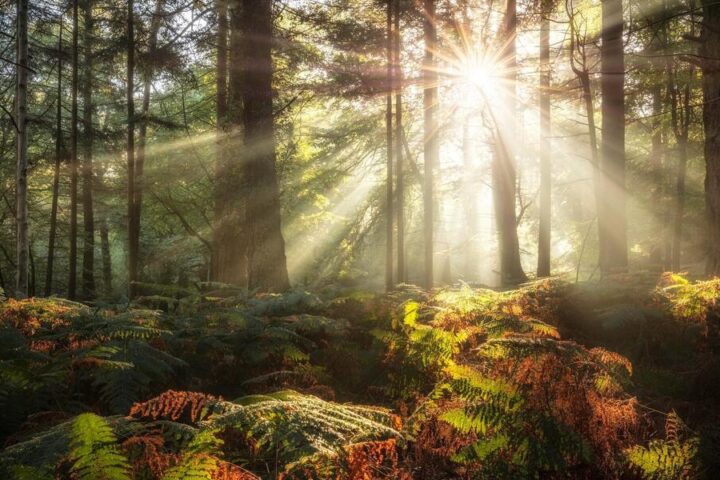Scientists have conclusively proven that rocks in Canada’s northern Quebec are the oldest on Earth, dating back 4.16 billion years. The discovery, published in the journal Science on June 26, 2025, settles a long-standing debate about the age of the Nuvvuagittuq Greenstone Belt.
Located along Hudson Bay’s eastern shore near the Inuit municipality of Inukjuak, these rocks formed during Earth’s earliest period – the Hadean eon. This time is named after Hades, the Greek god of the underworld, reflecting the hellish conditions on early Earth.
“These rocks and the Nuvvuagittuq belt being the only rock record from the Hadean, they offer a unique window into our planet’s earliest time,” said University of Ottawa geology professor Jonathan O’Neil, who led the research.
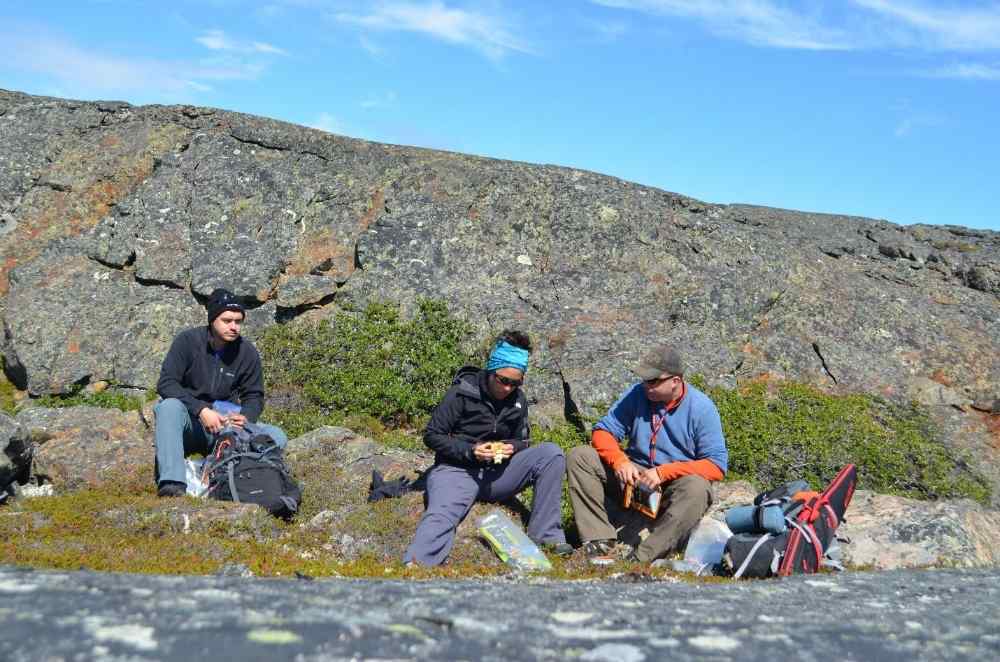
Finding Earth’s Ancient Crust
The new study resolves years of scientific disagreement. Previous research in 2008 suggested the rocks might be 4.3 billion years old, but other dating methods indicated they could be younger – between 3.3 and 3.8 billion years.
To settle this debate, researchers analyzed intrusion rocks, which form when molten magma penetrates existing rock layers and then solidifies. Using two different dating methods based on samarium and neodymium decay, both tests yielded the same result: 4.16 billion years.
This confirms these rocks are significantly older than the previous record-holder – 4.03-billion-year-old rocks from Canada’s Northwest Territories.
Surviving Earth’s Violent Past
How did these ancient rocks survive for so long? Most of Earth’s early crust has vanished – melted by asteroid impacts, eroded by wind and rain, or recycled into the planet’s mantle through plate tectonics.
The Nuvvuagittuq Greenstone Belt is part of the Canadian Shield, one of the few places on Earth with a stable rocky crust relatively unaffected by tectonic movement. This area was protected from forces that destroyed other ancient rocks, allowing these primordial formations to survive.
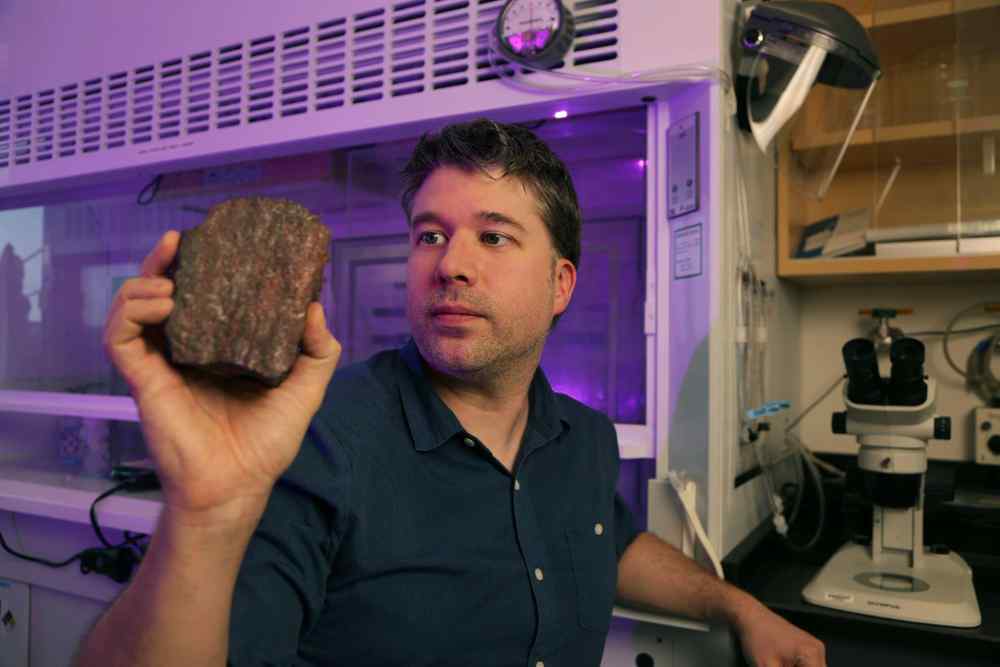
“The Earth was certainly not a big ball of molten lava during the entire Hadean aeon, as its name would suggest,” O’Neil explained. “By nearly 4.4 billion years ago, a rocky crust already existed on Earth, likely mostly basaltic and covered with shallow and warmer oceans.”
Window Into Early Earth
The rocks are mainly metamorphosed volcanic rocks of basaltic composition – meaning they were altered by heat and pressure over billions of years. Their chemical makeup suggests they formed when rain fell on molten rock, cooling and solidifying it.
Scientists believe studying these ancient formations could reveal crucial information about Earth’s early oceans, atmosphere, and possibly the conditions that allowed life to emerge.
“Since some of these rocks were also formed from precipitation from the ancient seawater, they can shed light on the first oceans’ composition, temperatures and help establish the environment where life could have begun on Earth,” O’Neil said.
Some researchers have even found evidence suggesting these rocks may contain traces of early life, which would push back the timeline for life’s emergence on our planet.
Similar Posts
Protection Concerns
The Nuvvuagittuq Greenstone Belt lies on Inukjuak tribal land, and the local Inuit community has raised concerns about damage from previous scientific expeditions. After some research visits, large chunks of rock were found missing and later seen for sale online.
“There’s a lot of interest for these rocks, which we understand,” said Tommy Palliser, who manages the land with the Pituvik Landholding Corporation. “We just don’t want any more damage.”

The community has temporarily restricted scientific sampling and hopes to establish a provincial park that would balance preservation with scientific access by protecting the site while allowing regulated future studies.
This groundbreaking discovery not only confirms these rocks as Earth’s oldest known formations but also provides scientists with an unprecedented opportunity to study our planet’s earliest history and possibly the origins of life itself.
